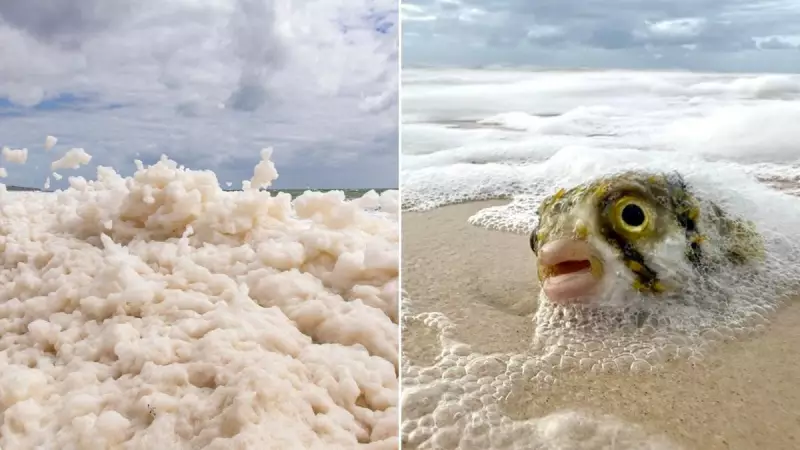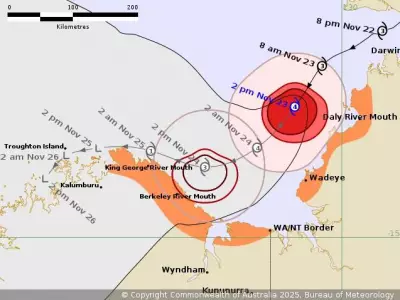
South Australian beachgoers are facing an invisible threat as shocking new testing reveals dangerous neurotoxins lurking in algal blooms along popular coastal areas. The discovery has triggered urgent health warnings and immediate beach closures across multiple locations.
Danger Beneath the Surface
Recent scientific analysis has uncovered the presence of potent neurotoxins within the algal blooms that have been washing up on South Australian shores. These toxic compounds pose significant health risks to humans, pets, and marine life, with potential effects ranging from skin irritation to more serious neurological symptoms if ingested or inhaled.
Affected Locations and Immediate Response
Multiple beaches along the South Australian coastline have been impacted, with local authorities taking swift action. Warning signs have been erected at affected sites, and beach closures are being enforced in the most severely contaminated areas. The situation is being closely monitored as the algal blooms continue to spread.
Health Authorities Issue Stern Warning
Health officials are urging the public to take these warnings seriously. "Direct contact with the contaminated water or algal material should be avoided at all costs," stated a senior health representative. "This isn't just about skin irritation - we're dealing with compounds that can affect the nervous system."
What This Means for Coastal Communities
The neurotoxin discovery has far-reaching implications for South Australia's coastal lifestyle. Beyond immediate health concerns, the situation threatens local tourism, recreational activities, and the delicate marine ecosystem. Fishing restrictions may be implemented in affected areas as the full extent of the contamination becomes clearer.
Ongoing Monitoring and Research
Scientific teams are working around the clock to understand the origin and persistence of these toxic algal blooms. Climate factors, water temperature changes, and other environmental conditions are being investigated as potential contributors to this alarming phenomenon.
Authorities emphasize that this situation requires constant vigilance and have established hotlines for public inquiries and reporting of additional affected areas.





